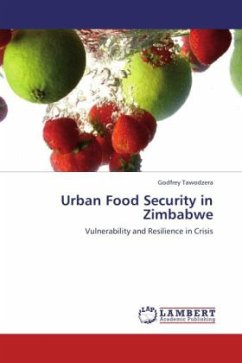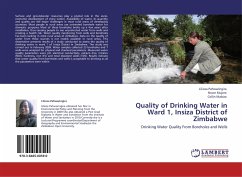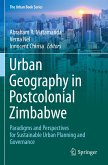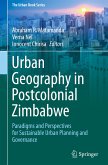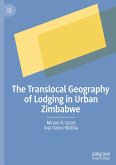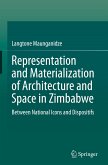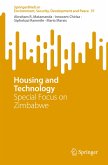Within the context of demographic growth, rapid urbanization and rising urban poverty which characterizes much of Sub-Saharan Africa in the 21st Century, this book examines the urban poor s vulnerability to food insecurity and analyses strategies that households adopt to enhance their resilience in this challenging environment. Harare is the study site, providing an acute example of a city in crisis , and a context in which formal food markets have failed to meet the needs of the urban poor. The central question, then, is how do the urban poor meet their food needs under such conditions of extreme material deprivation? While most contemporary writings on food security have mainly focused on the rural sector, this book locates itself within the nascent urban livelihoods literature, and discusses the various strategies that are central to the survival of distressed households in Zimbabwe s urban areas. The book shows that the struggle for survival in the city has split households into separate, but mutually supportive units whose composition, activities and location remain highly fluid, but enables them to construct multi-spatial livelihoods that are key to survival in the city.
Bitte wählen Sie Ihr Anliegen aus.
Rechnungen
Retourenschein anfordern
Bestellstatus
Storno

